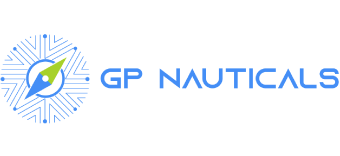New challenges after COVID
Now that everything seems to be back to normal, the whole world is preparing to overcome the impact of Covid-19.
In many countries, routine activities are already taking place as normal, without the need to wear masks. Others are enjoying festivals and concerts, but better yet, travel restrictions have been put aside to embrace the summer.
Airports around the world are preparing to reach pre-pandemic traffic levels. However, they have faced unexpected challenges such as staff shortages and high passenger demand that have led to delays, cancellations and long queues.
But this was not an impediment for people to enjoy their vacations after two years of confinement.
Goodbye to controls…
Thanks to the leveling of contagions and the good sanitary management in airport structures, countries such as Spain have announced the lifting of COVID controls, it will no longer be necessary to present the COVID passport or the traveler’s form, both at airports and those arriving in the country by cruise ships.
However, requirements such as PCR tests performed 48 hours in advance and vaccination cards are still required. This is to ensure the safety and welfare of each passenger. Likewise, masks will still be used during flights.
In spite of this, the lifting of the controls is a great step to restructure international schedules and reopen the operation of routes that were still stopped.
In addition, passengers are guaranteed safety and confidence during flights and stays at the air terminals.
This is why good times are ahead for the aeronautical and port sector. Where challenges will cease to have a negative connotation, to carry out new projects and improve the travel experience of each passenger.
A reliable alternative…
In order to accompany the challenges that may arise, GP Nauticals has developed within the SUITE, a specialized software called PAX AIMS, which is ideal to avoid long waiting lines. In addition, it is capable of auditing the number of passengers passing through the airport facilities, in order to automate processes and optimize check-in and collection times.
All this thanks to the checkpoints that will be deployed at the airports, which will improve the travel experience from the moment they set foot in the facilities.
PAX AIMS can be integrated with other SUITE software according to the needs of each customer. If you want to know more information about our products, click here.
